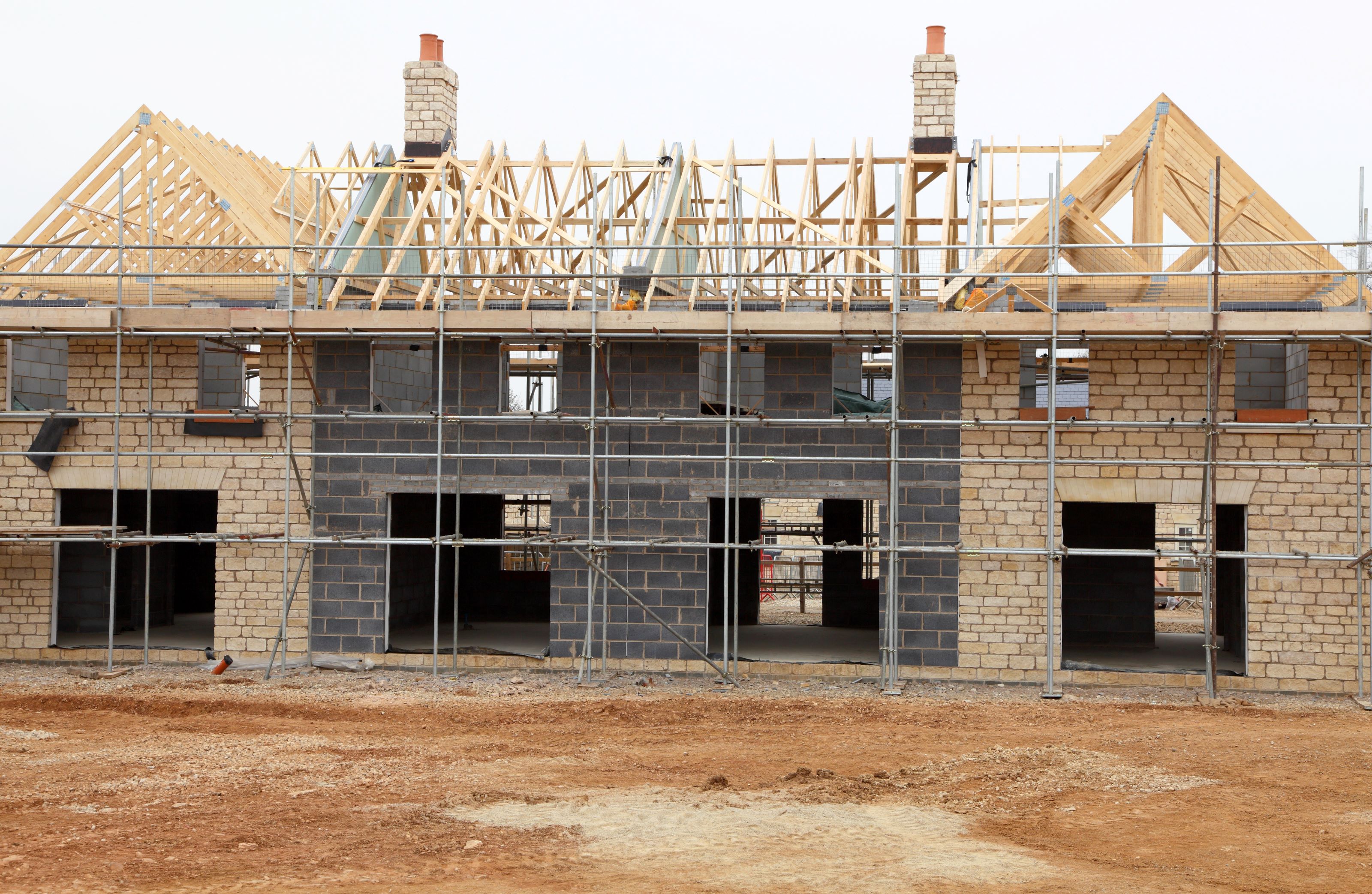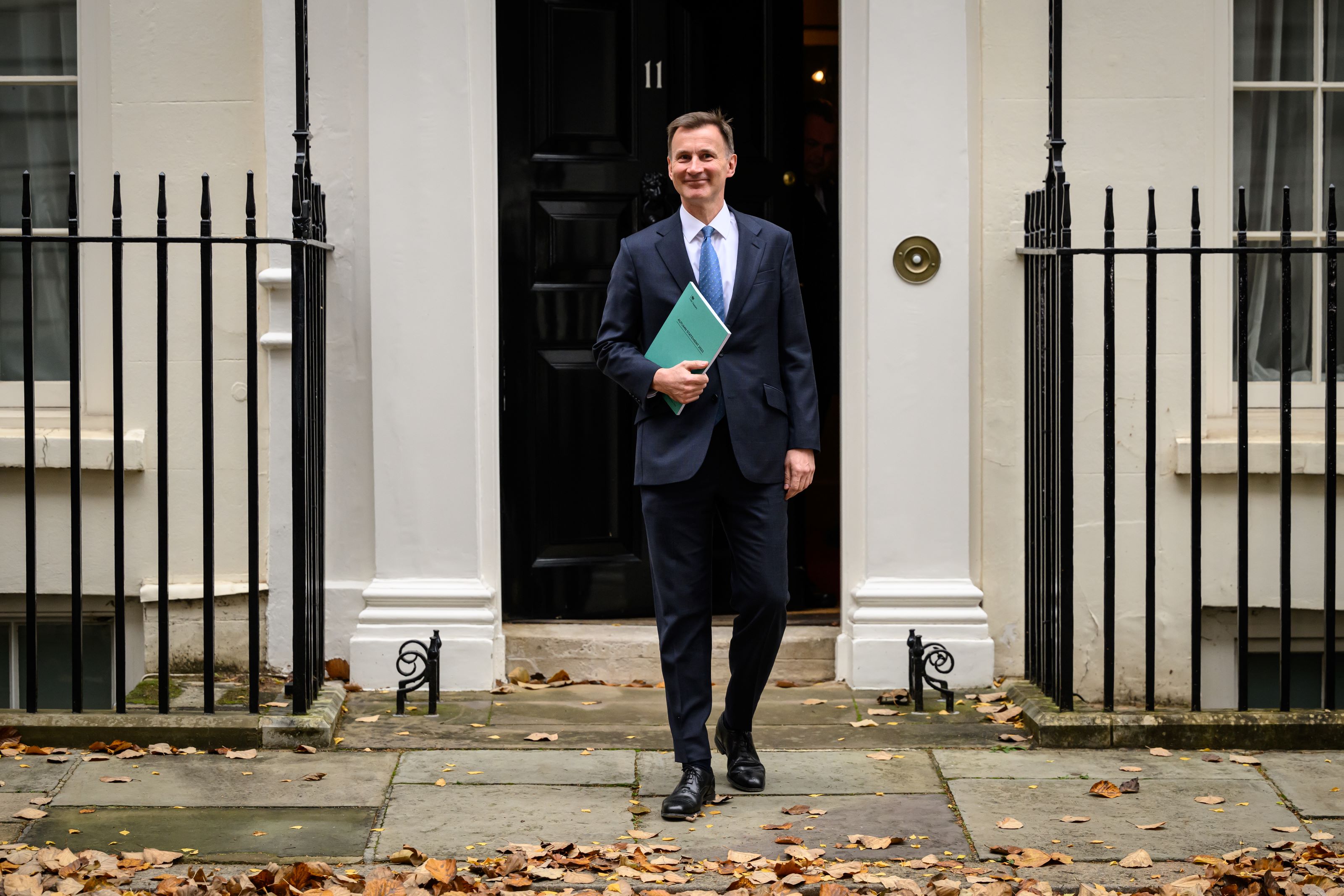Government's housebuilding targets fall short again, despite planning approvals seeing 17% annual rise
The government's target of building 300,000 has fallen short again by over 60,000 but still remains defiant it will reach its targets by the end of its term in office

The government's latest housebuilding figures reveal they have fallen short of their yearly targets once again, despite approvals seeming to be rising.
Figures for the year 2022/23 show the number of net additional dwellings was 234,400, a small decline on the previous year's numbers, and over 60,000 homes below the government's yearly 300,000 target.
This is despite approvals appearing to be rising with research indicating planning permission approvals have risen annually by 17%.
Despite these figures the government maintains it is on track to meet its target of building one million homes by the end of this government's tenure. We look at the reaction to the latest figures and what the government plans are to meet their quota.
'Net additional dwellings' see small annual decline
The government's figures for this year reveal the number of homes will fall short of their 300,000 yearly targets once again.
For 2022/23 government net additional dwellings amounted to 234,400. This shows a slight decline from 2021/22 figures (234,460) with the government's target of 300,000 homes a year still not being reached.
Net additional dwellings figures include:
Get the Homebuilding & Renovating Newsletter
Bring your dream home to life with expert advice, how to guides and design inspiration. Sign up for our newsletter and get two free tickets to a Homebuilding & Renovating Show near you.
- New house building completions
- Gains or losses through conversions (for example, a house into flats)
- Changes of use (for example, a shop into a house or a barn conversion)
- Demolitions and
- Other changes to the dwelling stock (caravans, houseboats, etc)
New build completions rose slightly from last years figures (211,670 to 212,570) but net additions from conversions decreased by 7%, net additions from change of use decreased by 3%, net additions from other gains decreased by 16% from 2021/22.
Planning approvals rising, but projects aren't starting

Despite this fall in homebuilding figures, it has been revealed that planning approvals registered a 17% rise in the three months to the end of October when compared to the same period last year.
This is according to Glenigan, who provide expert insight into UK construction market analysis, which revealed in its November 2023 Construction Review a modest 1% increase in the three months to the end of October.
Planning approvals fell to their lowest figures since 2006, which led to calls for a planning system overhaul, but early indicators seem to suggest approvals have experienced a turnaround.
However, while the report indicated an increase in approvals, it also revealed a substantial decline in overall residential starts-on-site during the three months leading up to October.
The figures dropped by 23% within the index period, resulting in a 30% decrease compared to the same period last year. Additionally, private housing experienced a 25% decrease compared to the previous year, declining by 22% when compared to the preceding three months.
"Indicators show rapid slides in future output"
The Home Builders Federation (HBF) estimated that England’s new housing supply could drop below 120,000 later this decade, the lowest level in more than 80 years and that "indicators show rapid slides in future output".
A spokesperson said: "Weakening the requirements of councils to plan for the homes communities need and a lack of local authority capacity to process planning applications has seen investment in new sites collapse and a lack of support for buyers is further driving down delivery."
Brian Berry, Chief Executive of the Federation of Master Builders (FMB) said: “The housing market has stagnated at a time when it should be growing to address the housing crisis and rising house prices.
"The lack of a visible government plan to address the housing crisis is deeply concerning, and once again the 300,000 target has been missed.
"Our members have made clear they are held back by a complex and costly planning system. This needs to be addressed head on and that means making a housing a top priority for the Government.”
Shadow housing secretary Angela Rayner said: "When swift and meaningful action is required, this government is taking us backwards, with fewer houses delivered than last year and a generation locked out of a secure home."
Labour has promised to build 1.5 million homes in 5 years if elected with Keir Starmer announcing plans to build on the 'grey belt' at Labour's Liverpool party conference and create 'Labour New Towns' by increasing Compulsory Purchasing Order (CPO) powers.
Government claims still on track to meet its targets

Although falling short of its yearly targets the government has maintained it will meet its overall ambition of building one million homes by the end of this government's time in office.
A Department for Levelling Up, Housing and Communities spokesperson said: "We need to build more homes, but the latest figures show that despite the difficult economic climate we are on track to meet the manifesto commitment of delivering one million homes over this Parliament.
"Backed by £10bn investment in housing supply since the start of this Parliament we are making good progress and our long-term housing plan will allow us to go further and build the homes we need."
Additional measures were introduced in the Autumn Statement to assist with the number of homes being built such as changing permitted development rights to allow any house to be converted into two flats as long as "the exterior remains unaffected" as well as introducing premium planning services throughout England.
This will allow homebuilders to pay to speed through applications and then receive a refund if authorities do not process the application on time.
Tim Foreman, Managing Director of Land and New Homes, Leaders Romans Group stated: "The newly announced fees rebate for planning applications delayed by local authorities is welcome as a means of speeding up the process, but I wonder how local authorities will comply given their resourcing issues and whether a quick determination may be a negative determination, which would do little to boost housing."

News Editor Joseph has previously written for Today’s Media and Chambers & Partners, focusing on news for conveyancers and industry professionals. Joseph has just started his own self build project, building his own home on his family’s farm with planning permission for a timber frame, three-bedroom house in a one-acre field. The foundation work has already begun and he hopes to have the home built in the next year. Prior to this he renovated his family's home as well as doing several DIY projects, including installing a shower, building sheds, and livestock fences and shelters for the farm’s animals. Outside of homebuilding, Joseph loves rugby and has written for Rugby World, the world’s largest rugby magazine.
